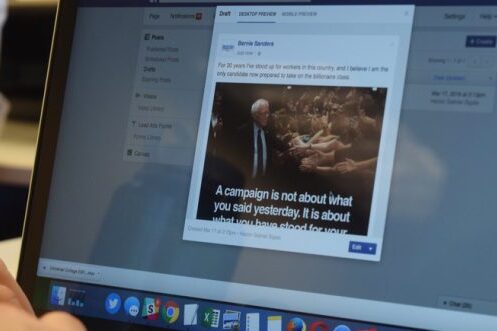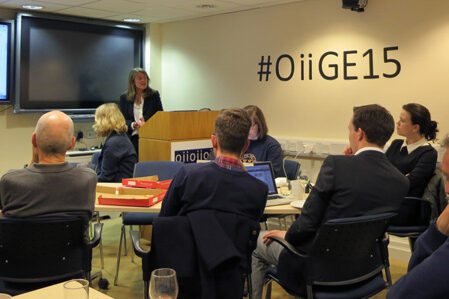Tag: democracy
News
- Articles from Policy & Internet
- Books
- Call for Papers
- Child Safety
- Collective Action
- Conferences
- Democracy
- Development
- Economics
- Education
- Environment
- Ethics
- Governance & Security
- Health
- Interviews
- Mapping
- Methods
- Policy
- Politics & Government
- Publications
- Social Data Science
- Submissions Closed
- Tools
- Video
- Wellbeing
-

Does crowdsourcing citizen initiatives affect attitudes towards democracy?
Exploring how involvement in the citizen initiatives affects attitudes towards democracy
-

Do Finland’s digitally crowdsourced laws show a way to resolve democracy’s “legitimacy crisis”?
Discussing the digitally crowdsourced law for same-sex marriage that was passed in Finland and analysing…
-

Finnish decision to allow same-sex marriage “shows the power of citizen initiatives”
It is the first piece of “crowdsourced” legislation on its way to becoming law in…
-

Can text mining help handle the data deluge in public policy analysis?
—
There has been a major shift in the policies of governments concerning participatory governance—that is,…
-

The complicated relationship between Chinese Internet users and their government
Chinese citizens are being encouraged by the government to engage and complain online. Is the…
-

Last 2010 issue of Policy and Internet just published (2,4)
We are pleased to present seven articles, all of which focus on a substantive public…




